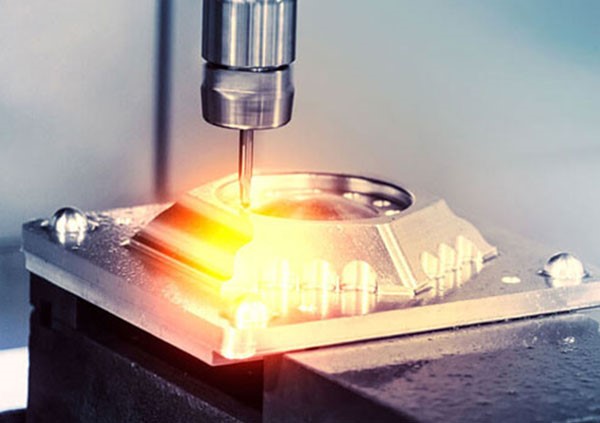

An ambitious partnership valued at £525k has been established between the Brunel Centre for Advanced Solidification Technology (BCAST) and the metals manufacturer Alloyed. The primary objective of this collaboration is to fine-tune a computer modelling system for the precise identification of customized aluminium alloys.

Traditionally, developing new alloys involves modifying the composition of standard alloys and relies on a costly and time-consuming trial-and-error approach based on research. This process can take several years to create an alloy with the desired properties.
With financial support from the Engineering and Physical Sciences Research Council (EPSRC), BCAST is set to enhance Alloyed's existing Alloys by Design (ABD®) platform. This enhanced platform will analyze and rank thousands of potential aluminium alloy compositions simultaneously.
Funded by the EPSRC's Early-Stage Prosperity Partnerships, this three-year project is part of a group of nine collaborations between universities and industries across the country that have received investment. The BCAST-Alloyed partnership aims to develop innovative technologies that can revolutionize manufacturing processes while simultaneously reducing costs and minimizing CO2 emissions.
Hari Babu Nadendla, a Professor of Metallurgy and Materials at Brunel University London, said, “The goal is to accelerate the process of design and development of Al alloys for sustainable manufacturing of light metals, mainly for the car industry.”
“Allowing automotive engineers to design lightweight structures made from 100 per cent scrap metal will help consolidate the UK’s leading position in low-emission vehicle technology and free the supply chain from the uncertainty of sourcing ore or primary metal."
BCAST and Alloyed, a metallurgy specialist based in Oxford, have collaborated closely over the past two years, successfully creating innovative alloys. Alloyed utilizes its physics-driven ABD platform to swiftly simulate millions of alloy options before manufacturing and testing them on-site.
Prof Nadendla added, "There's a good partnership between us already. We want to develop and refine metallurgical models to make them more efficient and speed up the discovery of new alloys. The industry is very well established in recycling. However, the current way of recycling is not sustainable. We want to double up and accommodate the end-of-life scrap metal directly as input."
The team's objective is to utilize the customized models to create and assess three novel alloys: one designed for manufacturing electric vehicles of the future, another for producing heat-conducting alloys suitable for 3D-printing components, and a third alloy capable of fabricating recyclable electronic cars. While car scrap metal is currently recycled, it is primarily used for low-value components such as window panels and wheel alloys, not high-value car parts.
Responses








